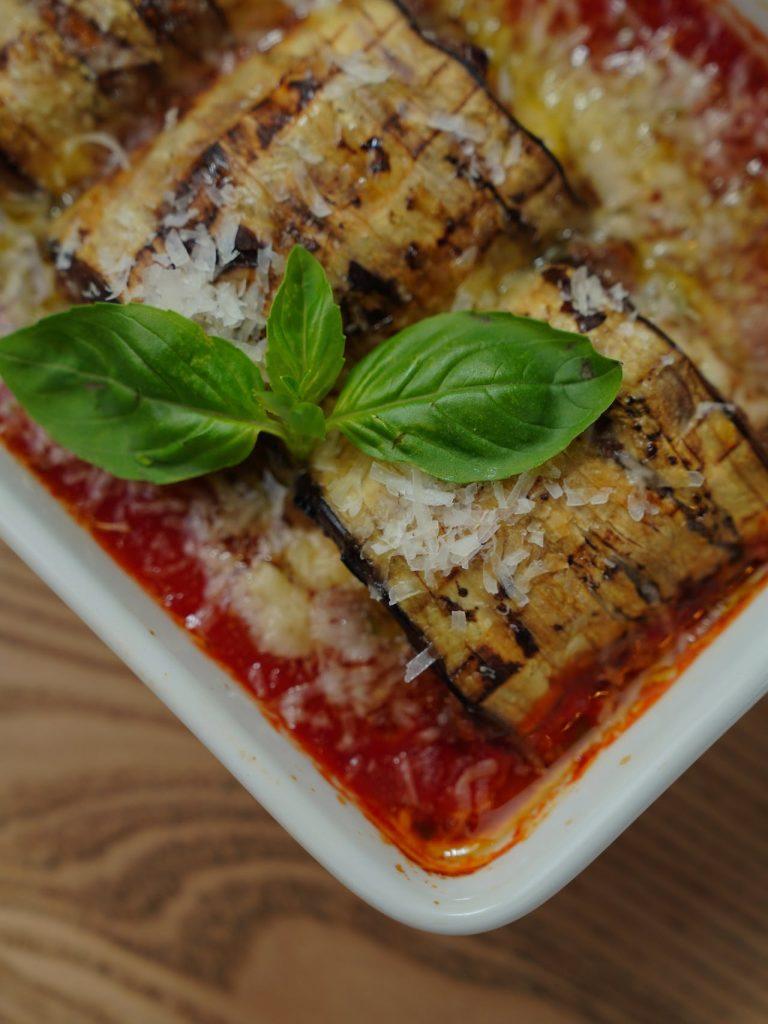Discover the best methods to reheat eggplant parmesan while maintaining its texture and flavor. Learn step-by-step instructions for different reheating methods and get tips on preserving the quality of the dish. Explore personal anecdotes and ensure food safety.
Understanding the Importance of Properly Reheating Eggplant Parmesan
Properly reheating eggplant parmesan is crucial to maintain its delicious taste and texture. When reheated correctly, the dish can be just as flavorful as when it was first served. The key is to avoid drying out the eggplant or making it too mushy. By following the right techniques, you can enjoy a warm and satisfying eggplant parm without compromising on its quality.
When you reheat eggplant parm, you want to make sure that it is heated evenly throughout. This ensures that every bite is warm and enjoyable. Additionally, reheating the dish properly helps kill any harmful bacteria that may have grown during storage, ensuring food safety.
Whether you’re using leftovers from a previous meal or reheating a store-bought eggplant parm, understanding the importance of properly reheating it is essential for a delicious outcome.

Reheating instructions with an Oven, Microwave, Stovetop, or Toaster Oven
There are several reheating methods you can choose from when it comes to eggplant parm: oven, microwave, stovetop, and toaster oven. Each method has its pros and cons, so let’s explore them to help you decide which one suits your needs best.
Oven
Reheating eggplant parmesan in the oven is a popular method as it allows for even heating and helps retain the dish’s crispy texture.
- Preheat the oven to 350°F (175°C).
- Cover the eggplant parm with aluminum foil to retain moisture.
- Place the dish in the oven and bake for 15-20 minutes or until the cheese is melted and the dish is heated through.
Microwave
If you’re short on time, using the microwave is a convenient option. However, be aware that the microwave can make the eggplant parmesan a bit soggy.
- Place a portion of eggplant parm on a microwave-safe plate.
- Cover the dish with a microwave-safe lid or microwave-safe plastic wrap.
- Heat on medium power for 1-2 minutes or until heated through.
Stovetop
Reheating eggplant parmesan on the stovetop is a great option if you want to add a bit of crispiness to the dish.
- Heat a non-stick pan over medium heat.
- Add a small amount of olive oil to the pan.
- Place the eggplant parm slices in the pan and cook for 2-3 minutes on each side or until heated.
Toaster Oven
If you have a toaster oven, it can be a convenient option for reheating eggplant parm.
- Preheat the toaster oven to 350°F (175°C).
- Place the dish on a baking sheet.
- Bake for 10-15 minutes or until heated through.
Preserving the Quality of Eggplant Parmesan during Reheating
To preserve the quality of eggplant parm during reheating, there are a few tips you can follow:
Cover the dish: Whether you’re using the oven, microwave, stovetop, or toaster oven method, covering the dish with aluminum foil or a microwave-safe lid helps retain moisture and prevents the dish from drying out.
Add a bit of sauce: If you find that your reheated eggplant parmesan is slightly dry, adding a bit of sauce can help refresh the dish and enhance its flavor. Simply drizzle a small amount of marinara or tomato sauce over the top before reheating.
Avoid overcooking: Be mindful not to overcook the eggplant parm during reheating, as it can cause the dish to become mushy. Keep an eye on the cooking time and check for doneness regularly to ensure the perfect texture.
Anecdotes from Boat Basin Cafe: Insights from a Former Chef
During my time as a chef at Boat Basin Cafe, we often had customers who wanted to enjoy our eggplant parm as leftovers at home. It was important for us to ensure that the dish could be reheated at home without compromising its quality.
One of the most popular reheating methods among our customers was using the oven. We would always advise them to preheat the oven to the recommended temperature and cover the dish with aluminum foil to keep it moist. This method helped maintain the dish’s crispy texture and brought out the flavors of the eggplant, cheese, and sauce.
Another tip we would share is to add a bit of fresh basil or grated Parmesan cheese on top of the reheated eggplant parm to give it an extra burst of flavor. These small additions can make a big difference in enhancing the overall taste of the dish.

Ensuring Food Safety: The Right Temperature for Reheating
When reheating eggplant parm or any other dish, it’s crucial to ensure food safety by reaching the right temperature. This helps kill any bacteria that may have grown during storage and reduces the risk of foodborne illnesses.
The recommended internal temperature for reheating eggplant parm is 165°F (74°C). Use a food thermometer to check the temperature and make sure that the entire dish reaches this level of heat. This applies to all reheating methods mentioned in this article, including the oven, microwave, stovetop, and toaster oven.
By reheating the dish to the right temperature, you can enjoy your eggplant parm with peace of mind, knowing that it is safe to consume.






